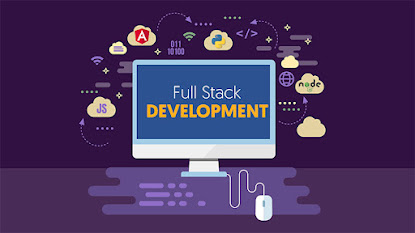Modules in Full Stack
Full-stack development typically involves multiple modules or components that work together to create a complete web application. Here are the main modules commonly found in a full-stack development project:
Front-End Development:
- HTML: Defines the structure and content of web pages.
- CSS: Handles the presentation and styling of web pages.
- JavaScript: Adds interactivity and dynamic behavior to web pages.
Back-End Development:
- Server-Side Programming: Handles the server-side logic and processing of data.
- Database: Stores and manages the application's data.
- APIs: Defines interfaces for communication between different components or systems.
- Server: Manages the communication between the client and the back-end, and serves the application to users.
Frameworks and Libraries:
- Front-End Frameworks: Examples include Angular, React, or Vue.js, which provide a structure and tools for building interactive user interfaces.
- Back-End Frameworks: Examples include Spring Boot (Java), Express.js (JavaScript), or Django (Python), which provide tools and abstractions for back-end development.
- Database Management Systems: Examples include MySQL, MongoDB, or PostgreSQL, which provide tools for managing and interacting with databases.
It's important to note that the specific modules and technologies used in full-stack development can vary based on the programming languages, frameworks, and tools chosen for the project. The choice of modules depends on the specific requirements and goals of the application being developed. SeevenMentor provides complete Full stack classes in Pune.

Comments
Post a Comment